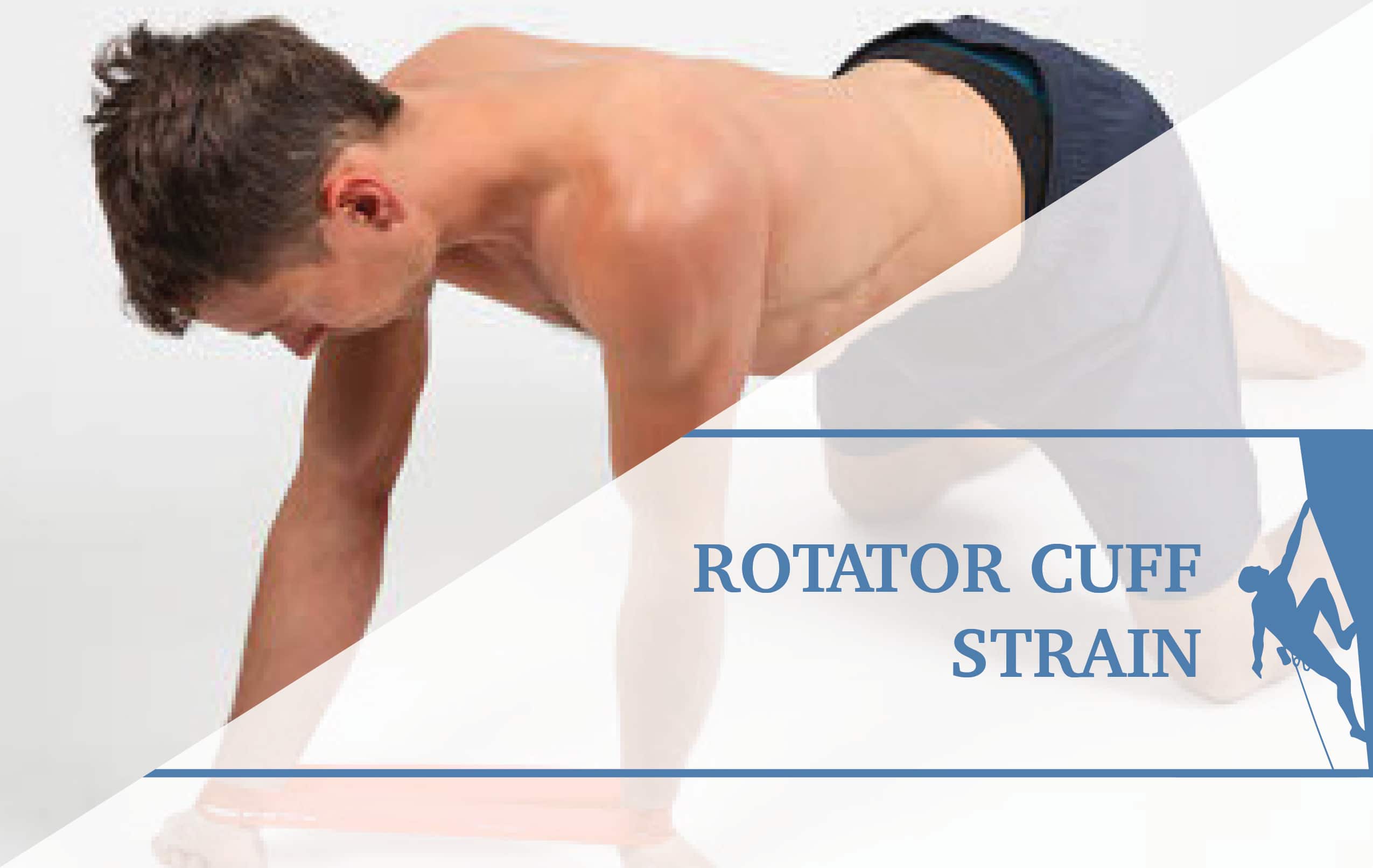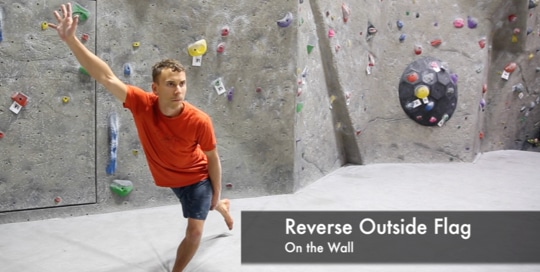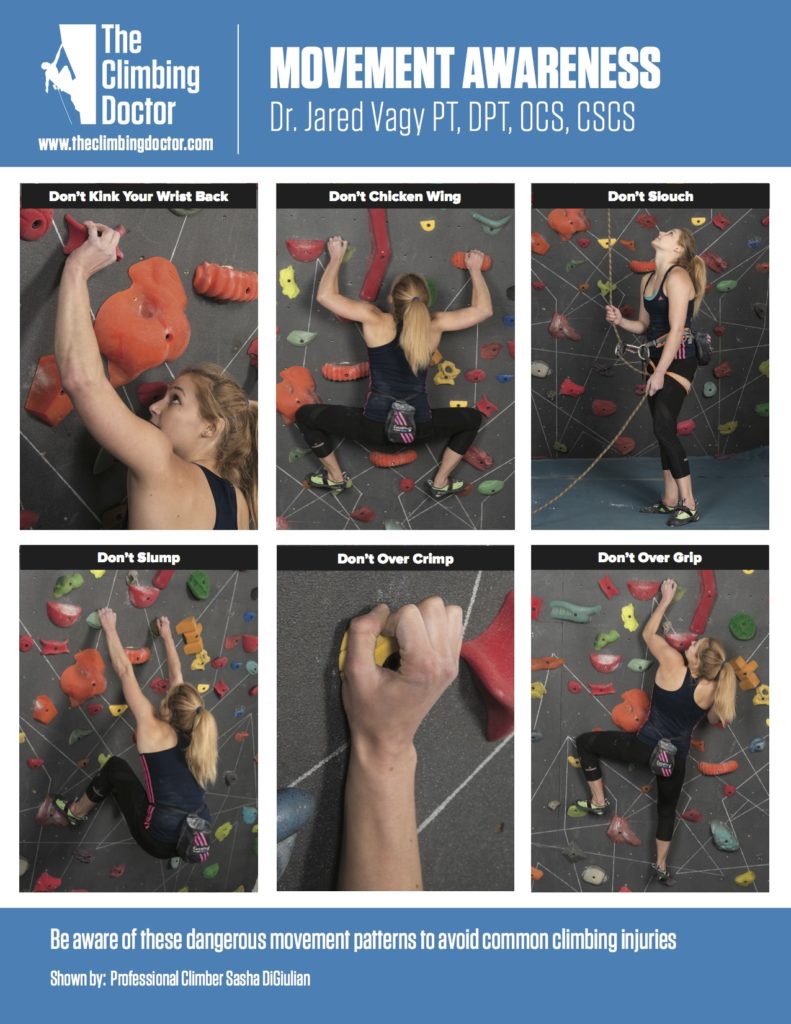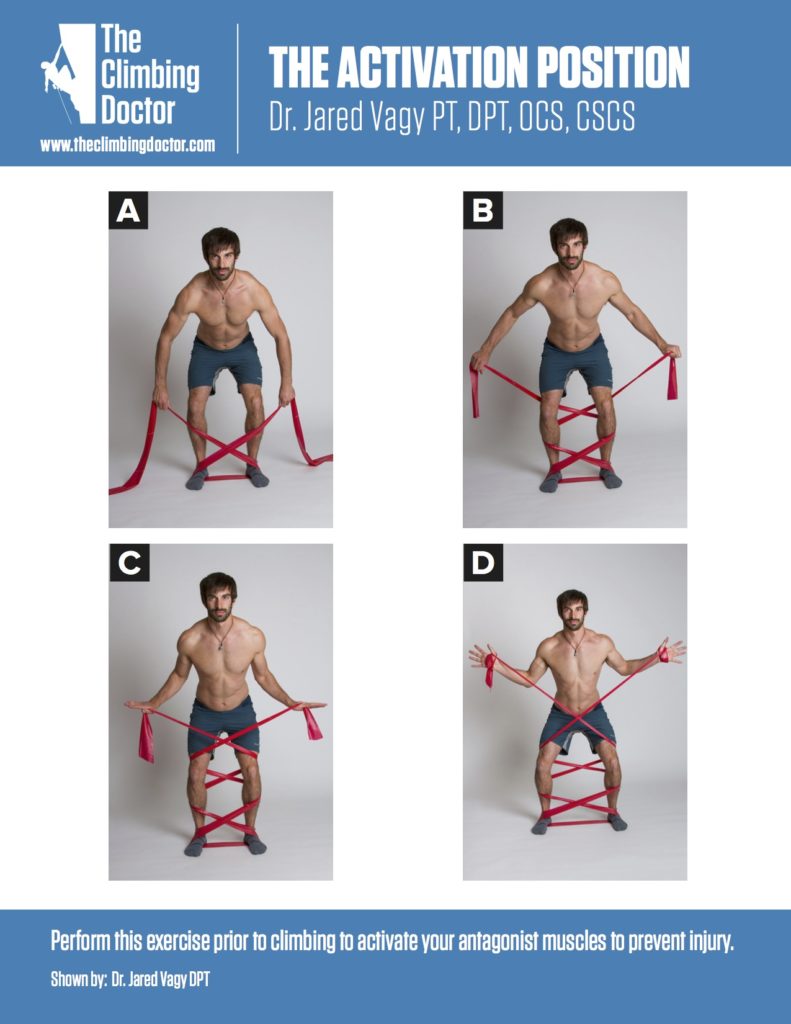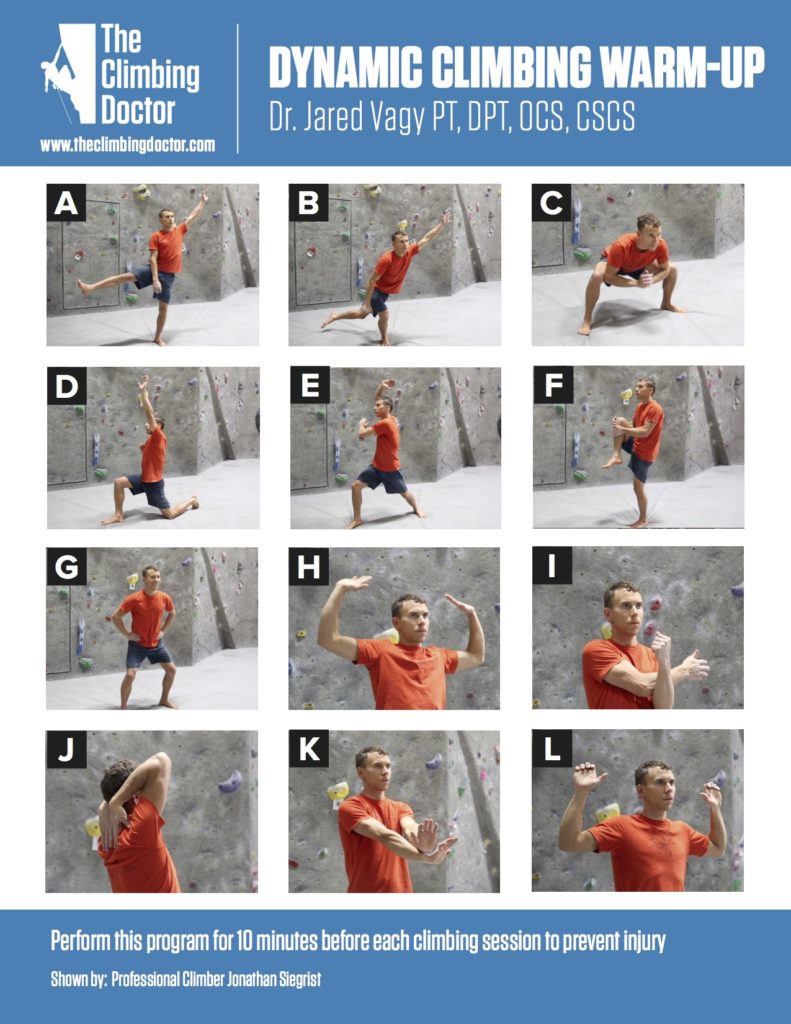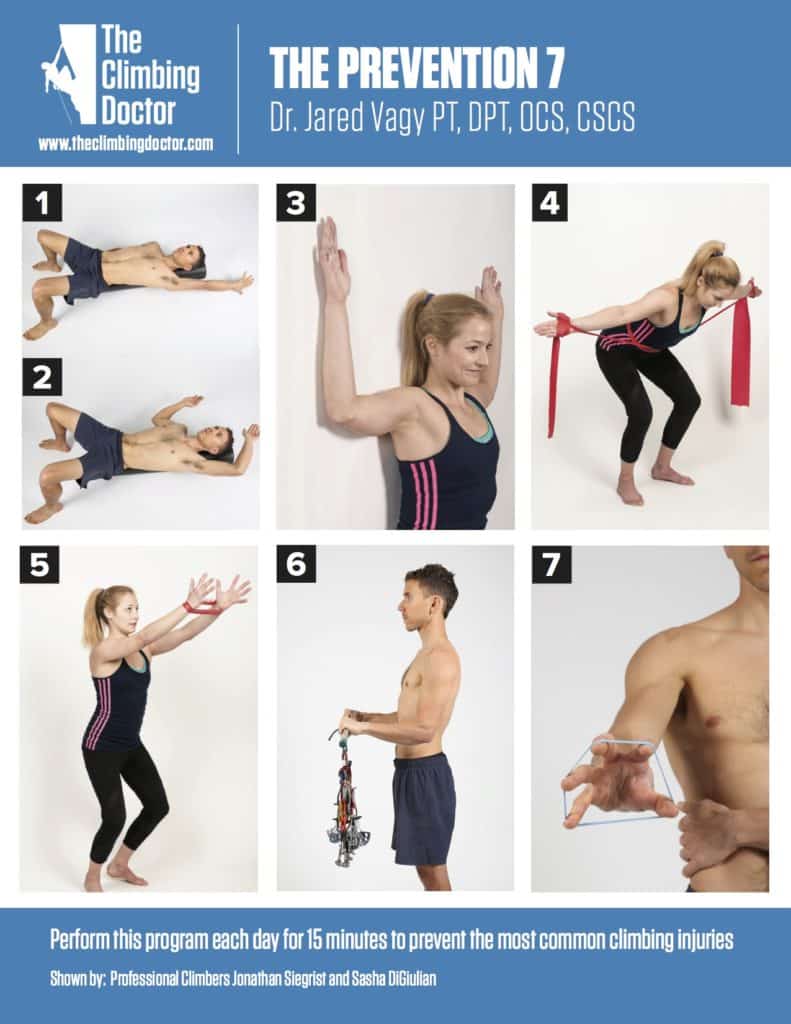Belayer’s Neck
Poor belaying postures repeated can lead to belayer's neck. Avoid tilting your neck back, slumping your spine and rounding your shoulders. Keep your head, neck and shoulders within a plumb-line.
Pulley Sprain
The tendons in your fingers are anchored down by pulleys that keep the tendons gliding flush to the bones. Excessive strain on the finger can exerts an outward force on the pulley which may strain or tear it.
Shoulder Impingement (Subacromial Pain Syndrome)
The tendons in the shoulder slide through a very narrow passageway and attach to the shoulder bone. Impingement occurs when the space in this passageway is reduced from bad movement.
Lateral Epicondylosis
Tennis elbow occurs on the outside of the elbow. The constant activation of the muscle on the back of the wrist that attach to the elbow can tear the tendon.
Carpal Tunnel Syndrome
The median nerve passes underneath the tendons in your wrist through a small space called the carpal tunnel. Compression of the nerve can cause numbness, pain and weakness in the hand.
Medial Epicondylosis
The muscles that flex the wrist share a common tendon on the inside of the forearm. Constantly flexing your fingers and wrist while climbing can degenerate the tendon as it inserts into the bone.
Triceps Tendinopathy
Over time, the biceps muscles overdevelop from climbing and the opposing triceps muscles become weak. This imbalance can lead to overuse and micro-tears in the triceps muscle group.
Rotator Cuff Strain
The shoulder is made up of four rotator cuff muscles. These muscles connect the shoulder blade to the arm bone. The rotator cuff muscles act together as a unit to control shoulder motion. You need to strengthen the rotator cuff to prevent muscle strain.
Collateral Ligament Sprain
The finger joints are supported on each side by collateral ligaments. When you climb, your fingers are placed in aggressive positions that increase the force into the ligaments.
Dynamic Climbing Warm-up
A dynamic climbing warm-up demonstrated by professional climber Jonathan Siegrist. The warm-up is broken down into four sections: On the wall, rotation, arms and wrist and fingers. The video will take you through the step by step process of each movement.
Biceps Tendinopathy
The biceps muscle flexes your elbow. While climbing, you are constantly pulling and overworking the biceps. This can lead to degeneration of the biceps tendon as it inserts into the bone below your elbow.
Movement Awareness
By climbing with proper technique and having an intrinsic awareness of you movement patterns, you can begin to prevent the most common injuries. This will help to increase your climbing efficiency and boost performance.
Muscle Activation
Muscle activation exercises need to be performed as a part of your warm-up. These isometric contractions will prime your muscles before activity. Your antagonist muscles will "wake-up" and increase the effectiveness of your climbing.
Dynamic Warm-up
A dynamic climbing warm-up is a must. This is the only research proven method to safely warm-up. It increases blood flow to your joints, ligaments, tendons and muscles and prepares you for climbing while mirroring climbing movement.
The Prevention 7
Perform these exercises in order to prevent the most common climbing injuries. This daily prevention program contains seven exercises hand picked to keep you climbing strong and injury free.






